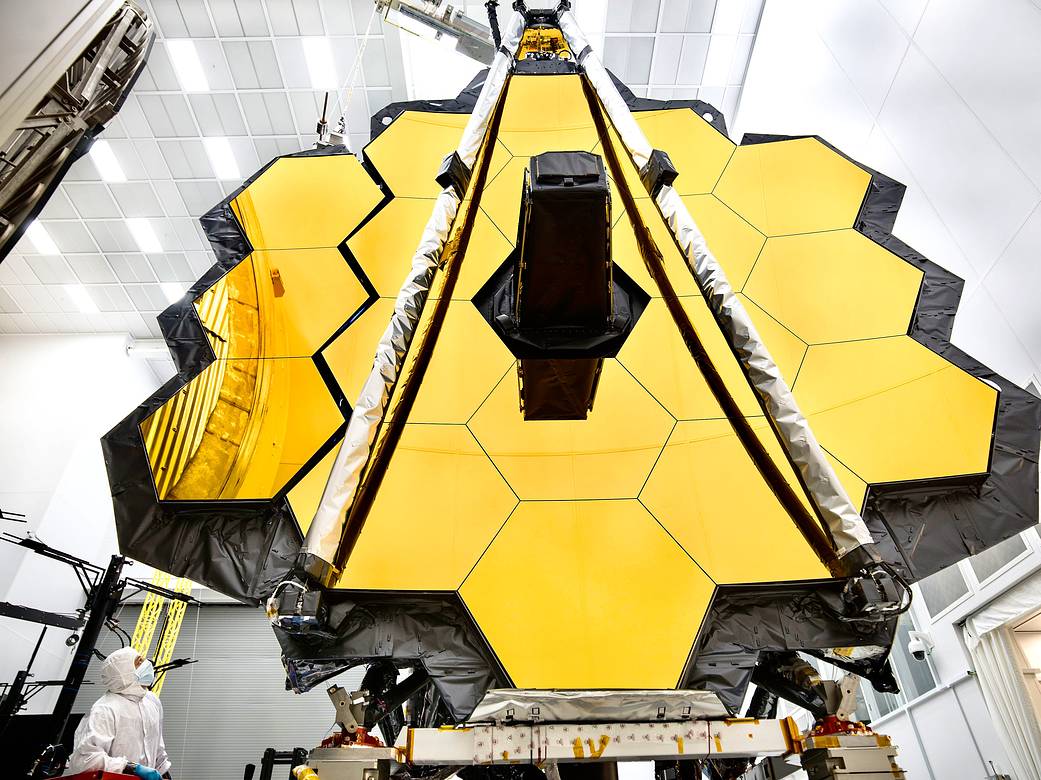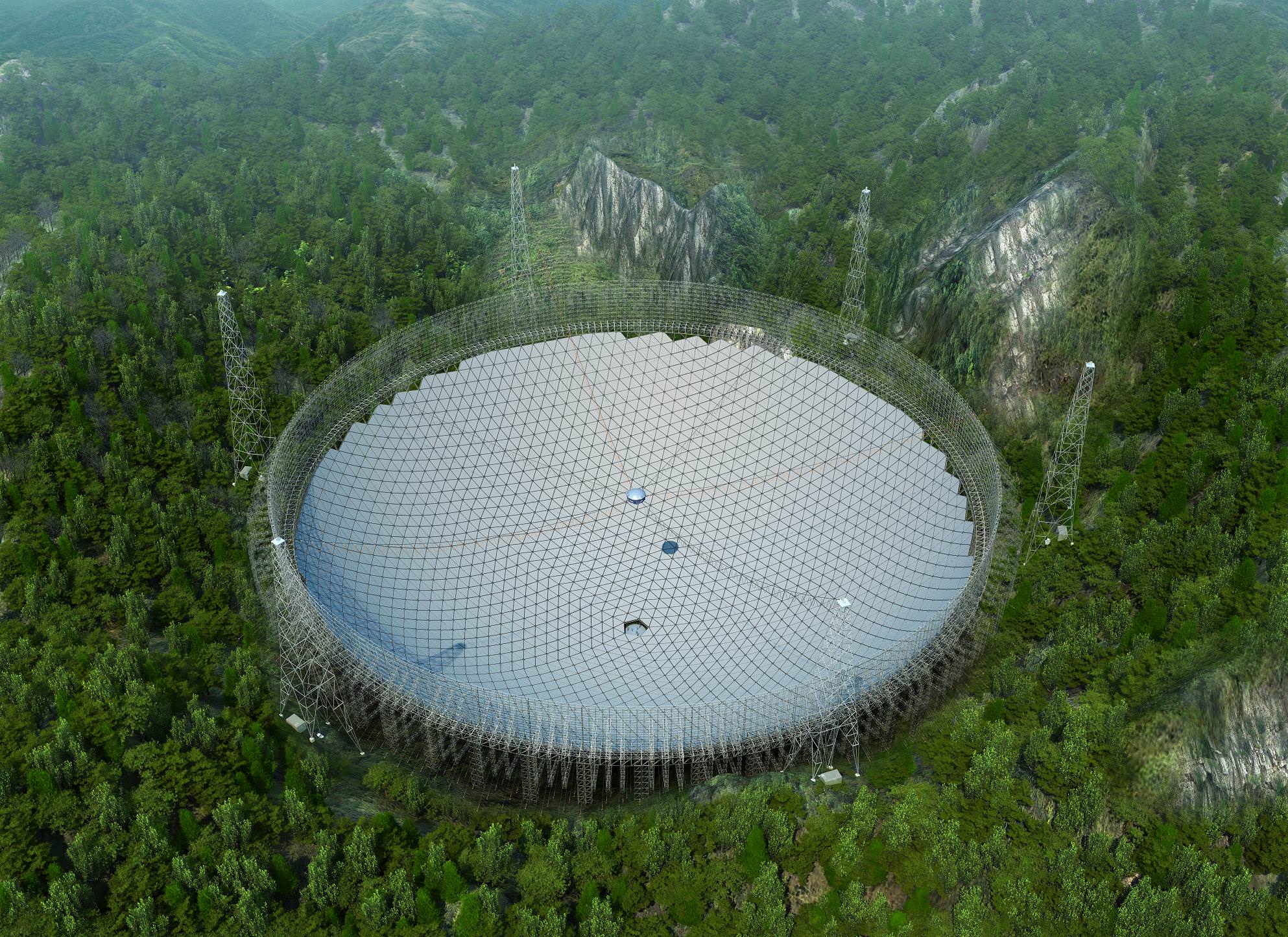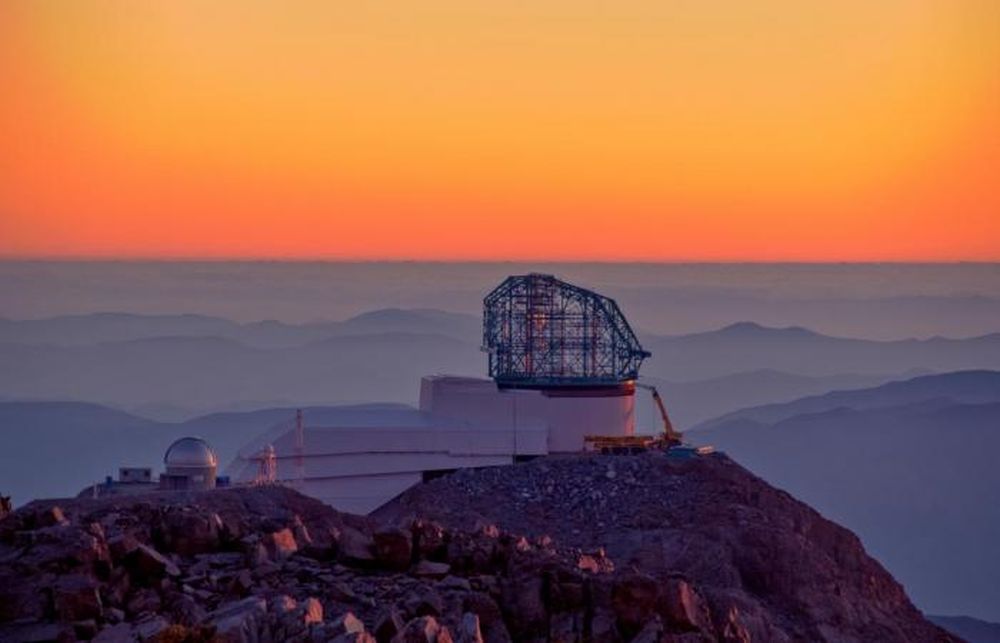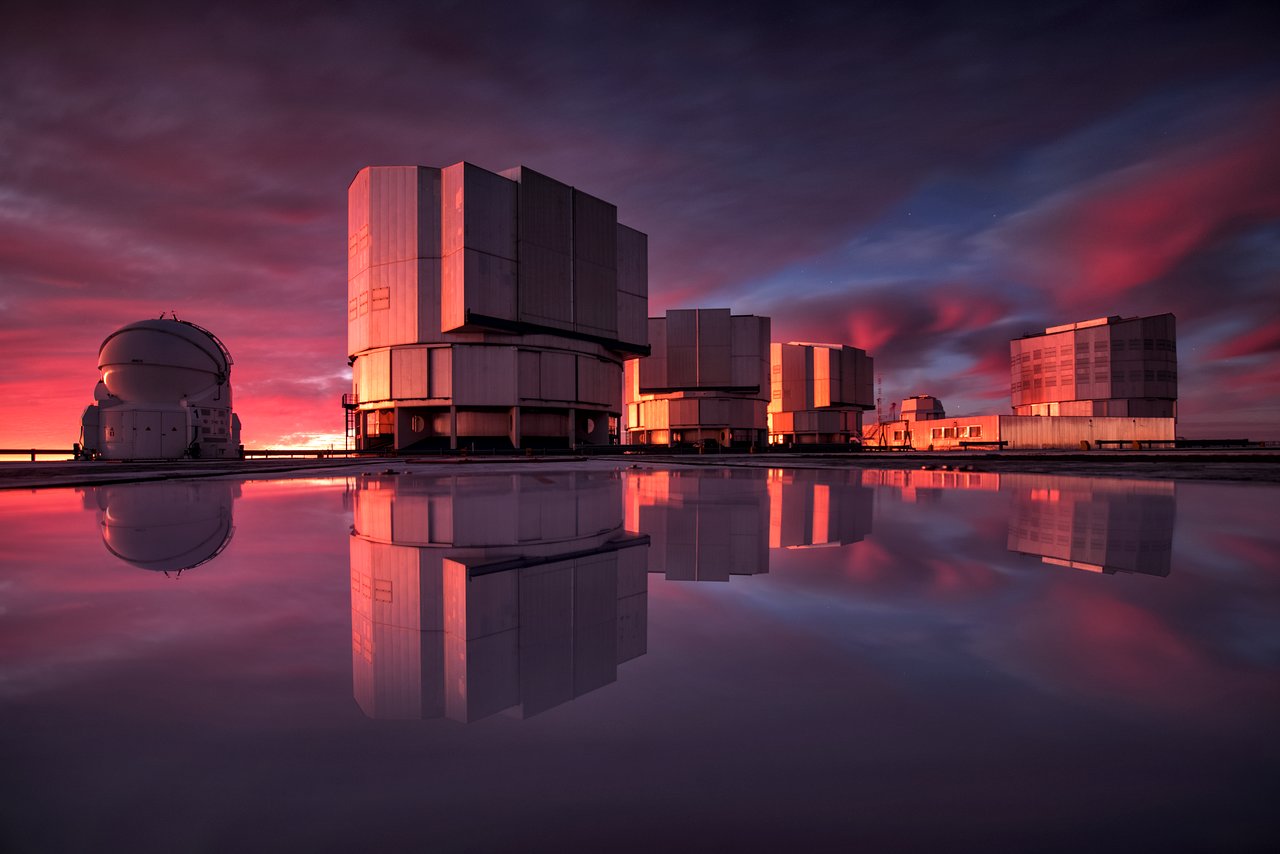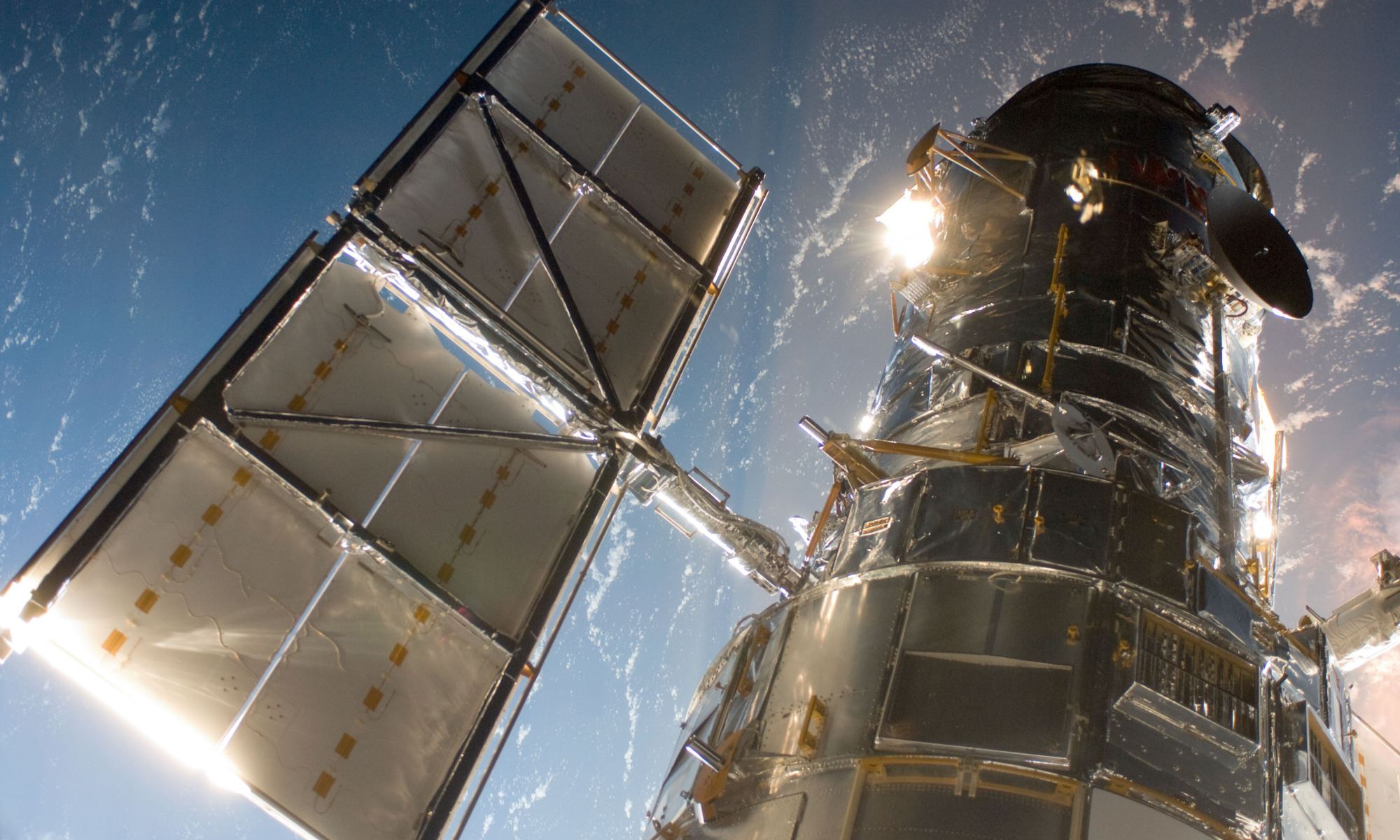We’re inching closer and closer to the James Webb Space Telescope’s (JWST) launch date of March 30th, 2021, (or maybe July 2021.) We never thought we’d get this close, with only a year to go before we send this powerful space telescope on its way. Now the telescope has been put in its launch configuration.
Continue reading “James Webb is Fully Stowed Into its Launch Configuration”James Webb is Fully Stowed Into its Launch Configuration
